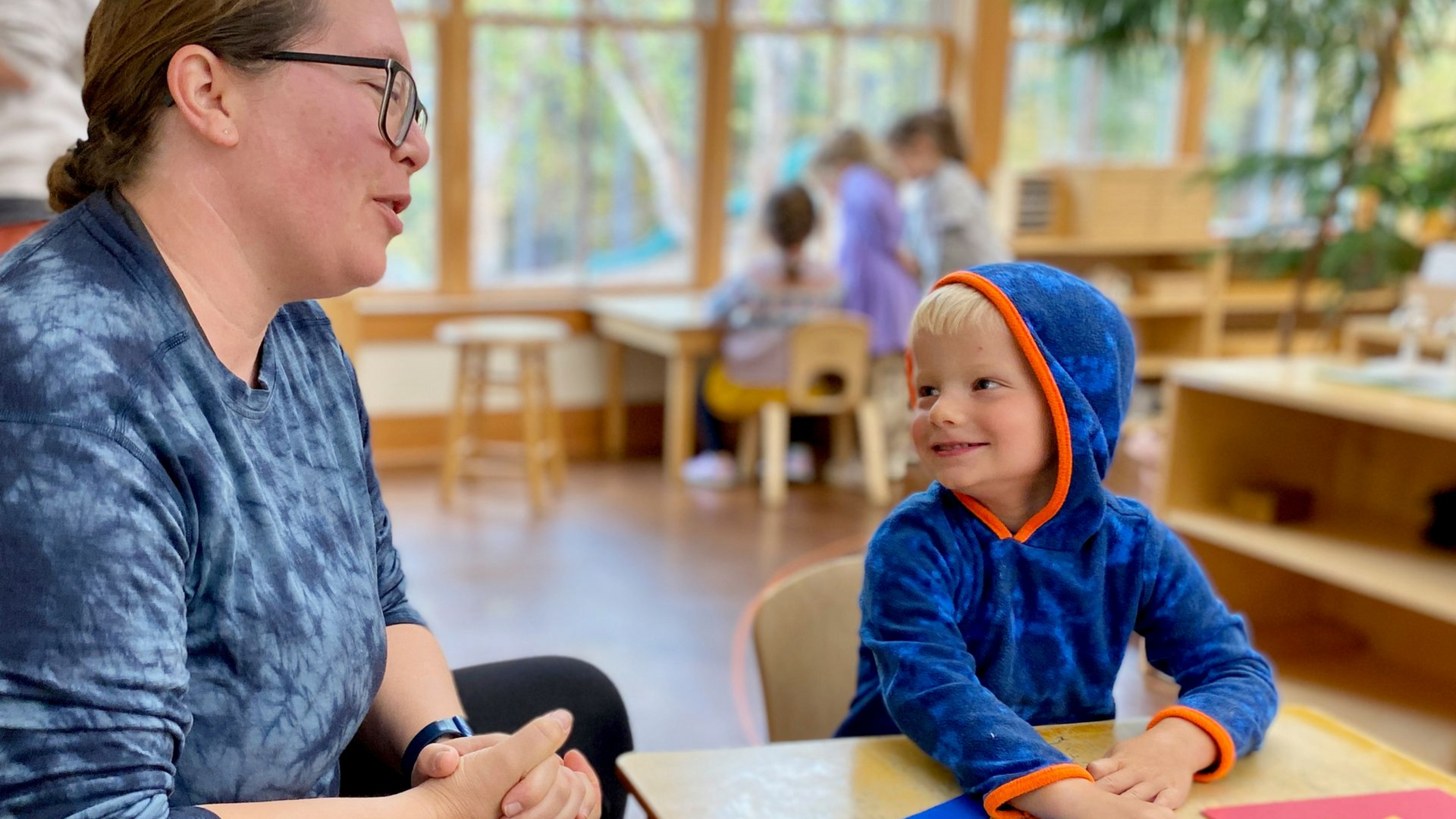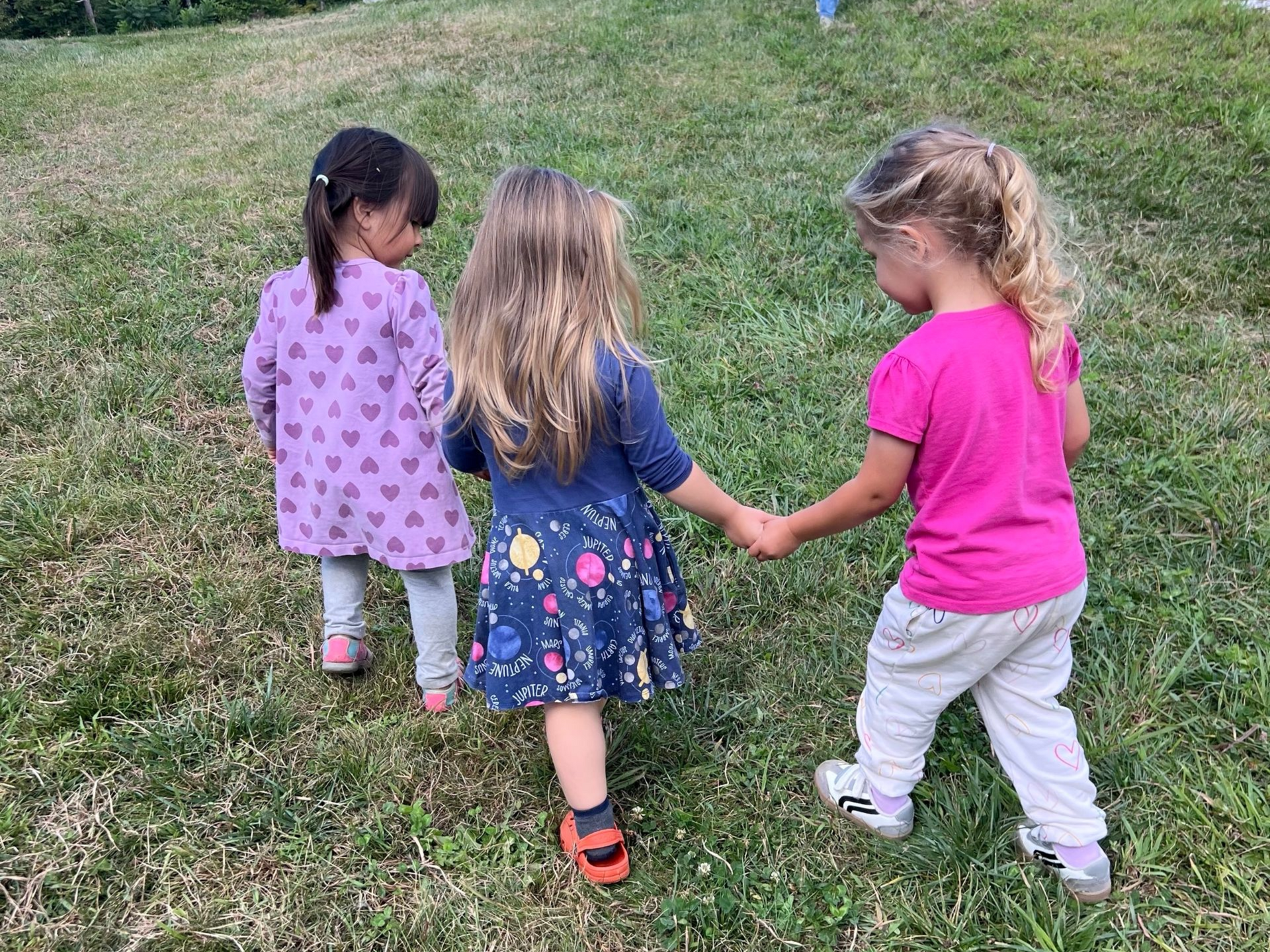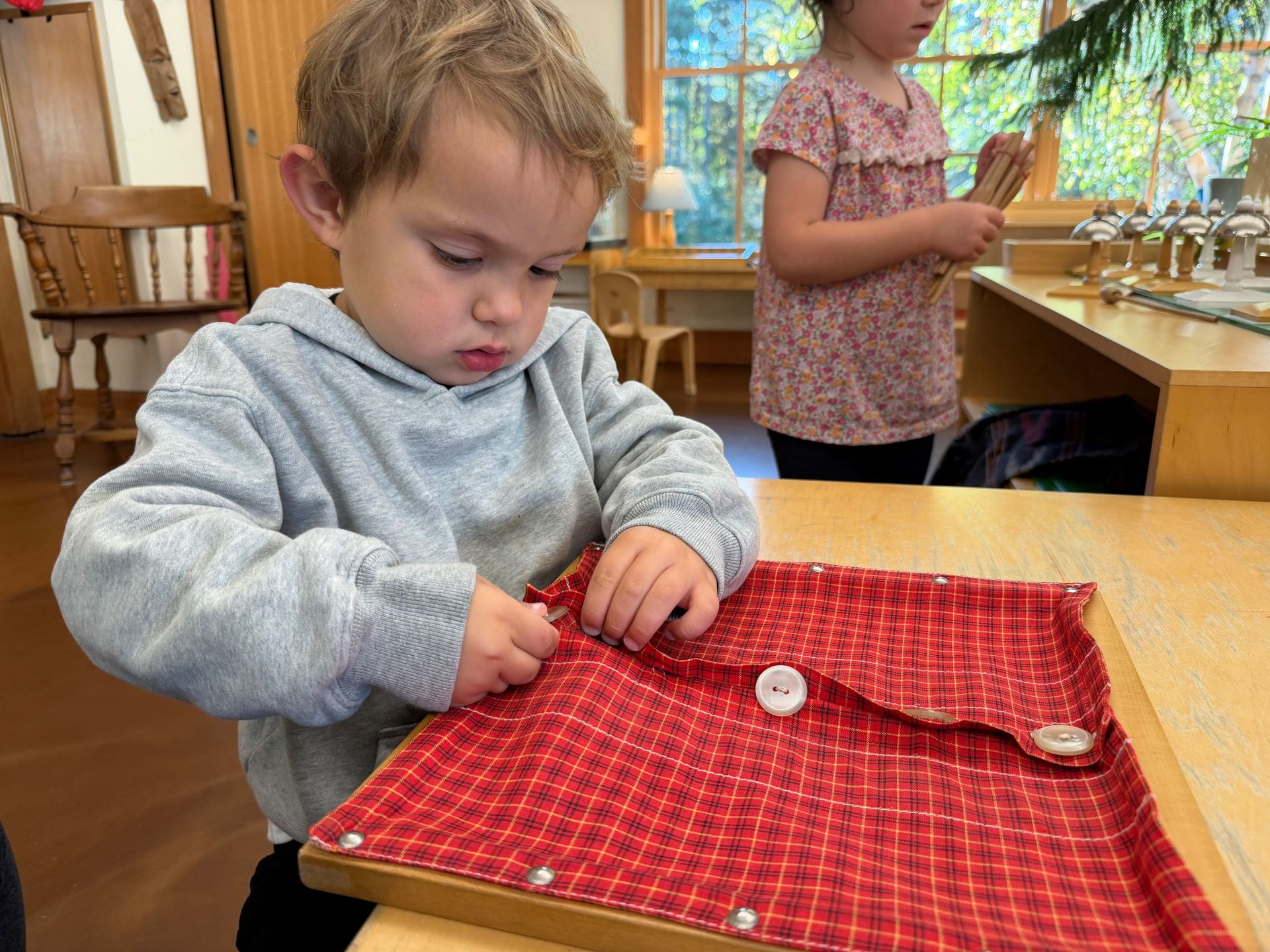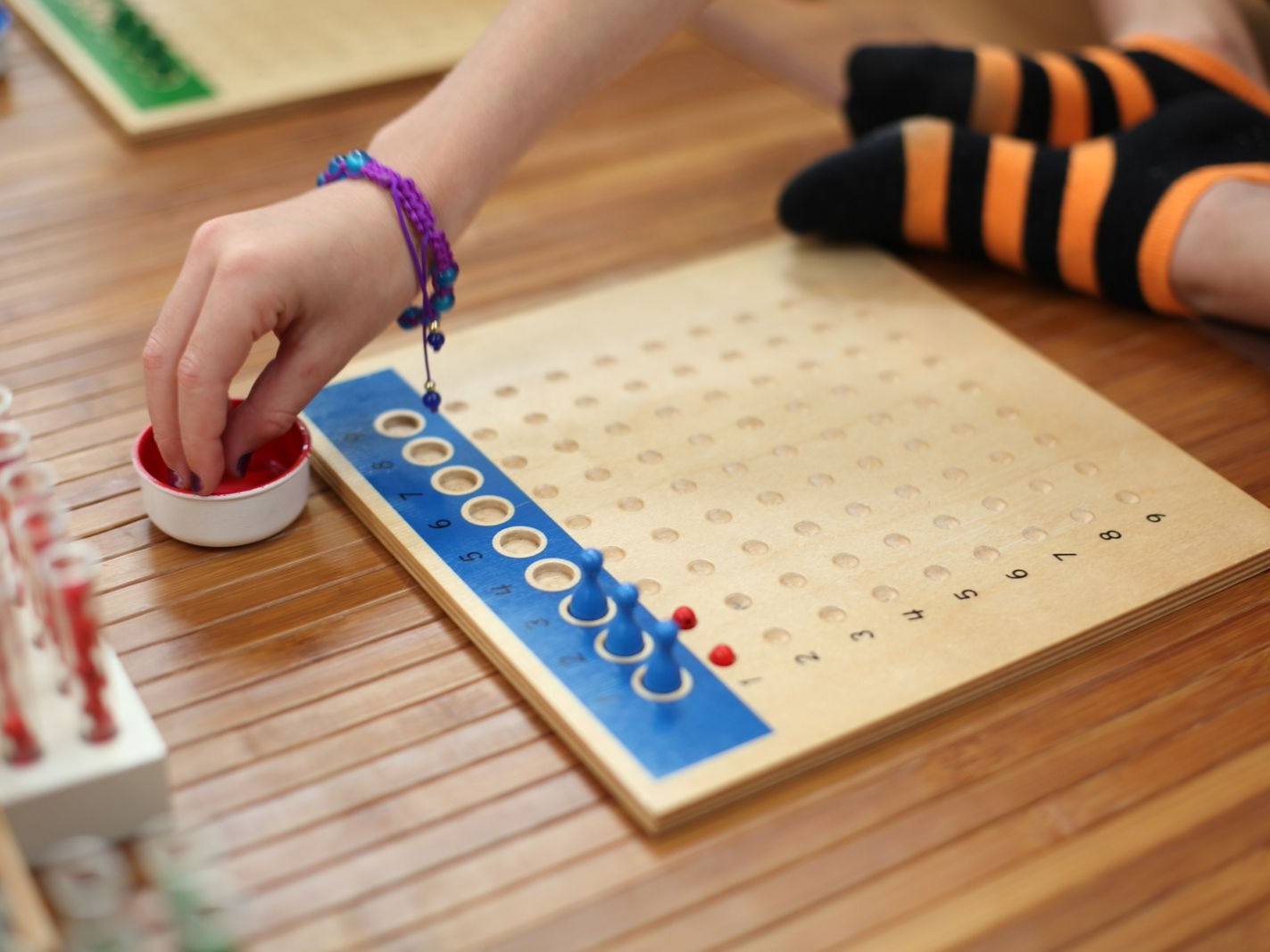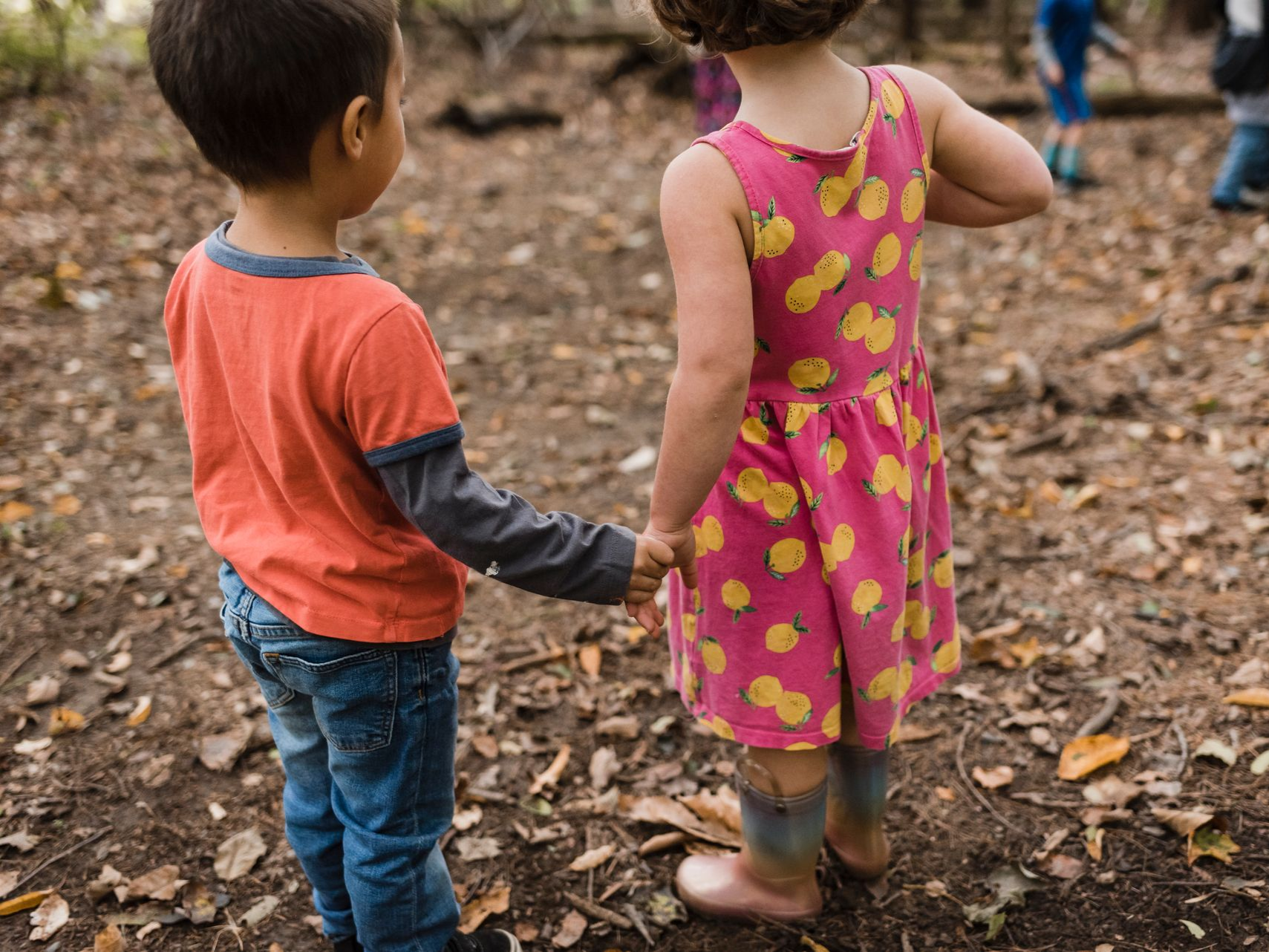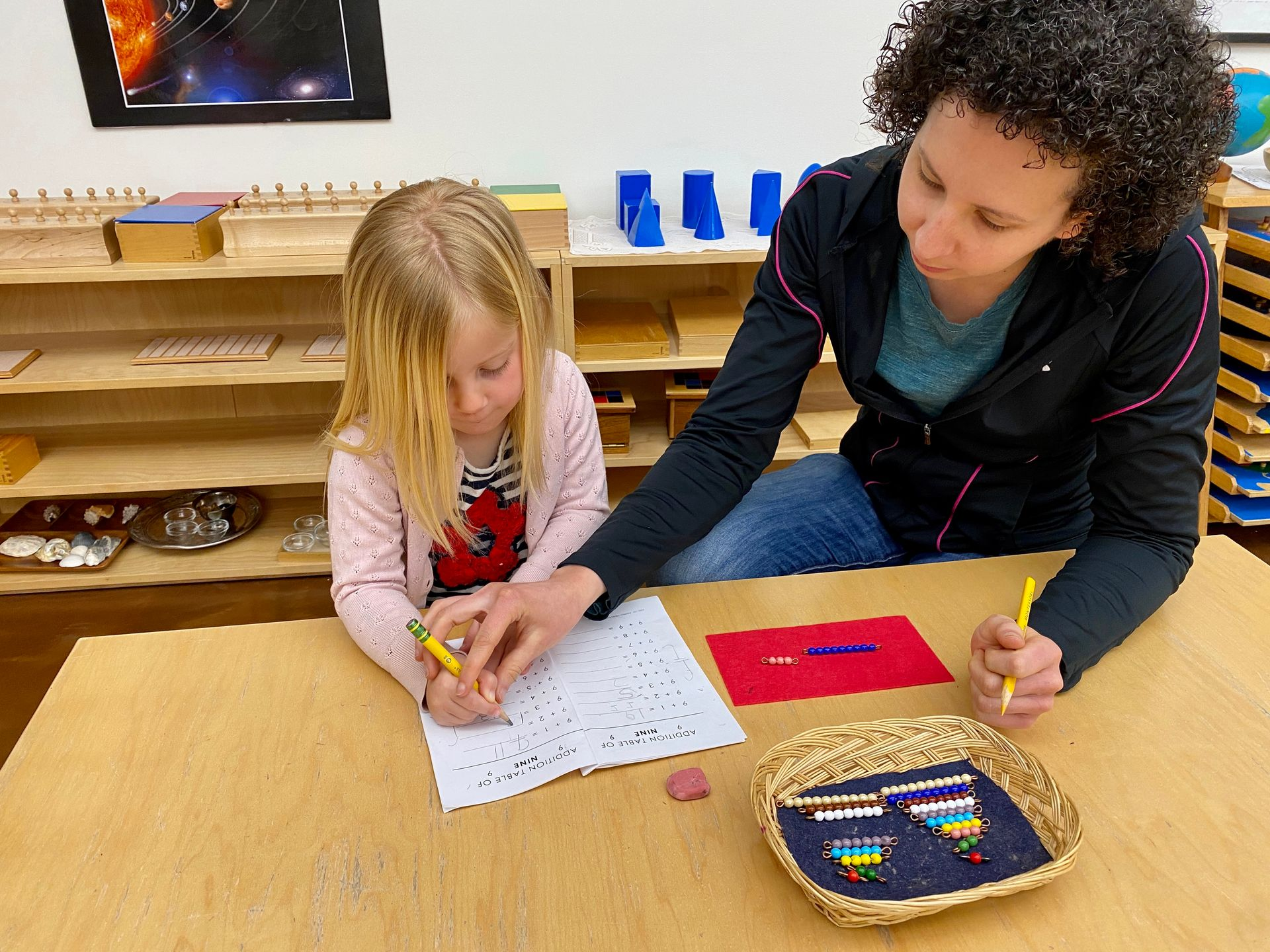New Research: Music in Montessori Classrooms
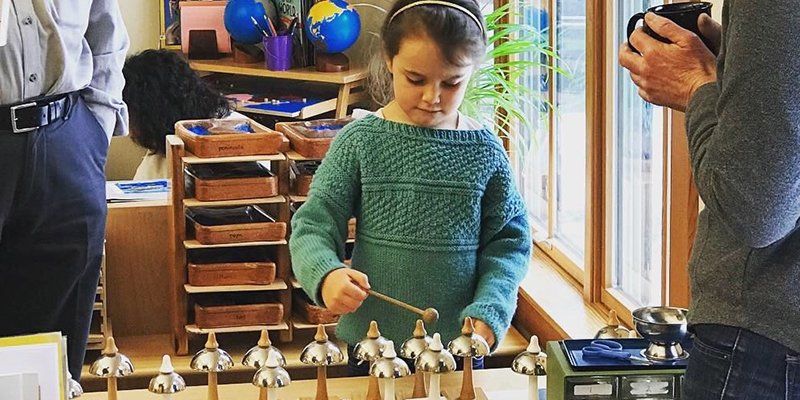
Montessori-based research is a fairly new field of study, but interest is increasing. The following is a summary of a recent published study that addressed the area of Montessori music education in primary classrooms. We found it fascinating, and we thought you might, too!
The Research Study
Diana R. Dansereau of Boston University and Brooke M. Wyman of Bristol, Rhode Island published their article entitled: A Child-Directed Music Curriculum in the Montessori Classroom this past spring. They wanted to address a perceived disparity in the types of sensory materials offered to children in Montessori primary classrooms. More specifically, they gathered data suggesting that over time, modern Montessori classrooms have come to rely more heavily on visual sensory materials than materials that teach children to refine their other senses (including discrimination for sound).
Numerous studies, along with the work of Dr. Montessori herself, have indicated that early childhood exposure to music education and auditory sensory discrimination education have overwhelmingly positive and powerful impacts on children. Just as with other areas of study and skills that must be mastered, it appears that there is a sensitive period for learning music that ends prior to age seven. This means that while of course children have an ability to learn music after that age, they are in a prime position to master those skills earlier.
The researchers noted that Dr. Montessori herself had concerns about the application of her music materials in the classroom. For example, only one set of sound-based materials could be used at a time, and to identify variations in sound one would need to work in relative silence. This was certainly challenging during her time, and seemingly impossible now. Dansereau and Wyman set out to create and test a solution.
“...we sought to answer the question “How is a curriculum of music- and sound-based works developed, implemented, and received in aMontessori classroom?” -Dansereau and Wyman
Dansereau, being a music teacher, early childhood music education researcher, and Montessori parent, and Wyman, being a Montessori primary guide, were in a perfect position to conduct the study. Their initial conversations included Wyman’s students, other primary teachers, and the head of school. Six shelf works were designed and tested. They included the use of a small plastic box with a battery, power switch, headphone jack, and a series of visually identical plastic discs. A child wears the headphones and replaces the discs one at a time to hear different sounds. The materials are briefly described below:
- For working memory and audiation (sound memory): A wooden tree with spaces for removable discs. Children would listen to the sounds on each disc, then place them in order according to pitch. The material contained a built-in control of error so that children could independently check for accuracy.
- For pitch direction: Children listened to discs that played sliding pitches, then matched what they heard to visual pictures with lines drawn accordingly.
- For pitch direction: Similar to the second work, children replaced the two-dimensional pictures with a three-dimensional manipulative.
- For melodic direction: While listening to a recording of a piano, children used a small toy kangaroo to travel across a three-dimensional path along with the music.
- For melodic direction: Similar to the previous work, children listened to trombone music instead.
Wyman presented each material to the group using traditional Montessori methods, after which they were placed on the shelves for independent use. Students were observed and data was collected in six cycles over a period of two years.
During the course of the work Wyman noted: “What I have witnessed so far with the two materials we have piloted is an overwhelming need for more of this type of work. The children in my current class have demonstrated a deeper level of concentration with this work. In part, I am sure [it is] because of the use of their auditory sense: if they are distracted by others in the classroom, listening to their friends, or carrying on a conversation, they will miss the very essence of the work. What I find fascinating is that this work must be fulfilling an essential need, because even my most social children go to the material and tune everything else out.”
Overall, the researchers noted their data indicated positive findings. The children became more engaged with music education, they interacted positively with the materials, their confidence increased, and there were obvious signs of deep concentration. They did note some limitations, such as the inability to record all interactions with the materials due to the nature of a Montessori classroom environment, as well as the children’s understanding that the materials were somewhat novel in nature. They felt that some of the materials were more beneficial than others, or that adjustments may need to be made with one or two of the materials.
Dansereau and Wyman felt the study was a positive initial step in developing the sensory materials in the Montessori primary classroom. They were encouraged by the results and believe more research should be done in this area, including with classrooms that serve children of varied demographics.
Click here to read the full published article.
We are curious to hear your thoughts on this topic. What might next steps be in individual Montessori classrooms? Could the materials be replicated? Could others be introduced? How might we, as educators, ensure we are providing a balanced sensory instruction?




